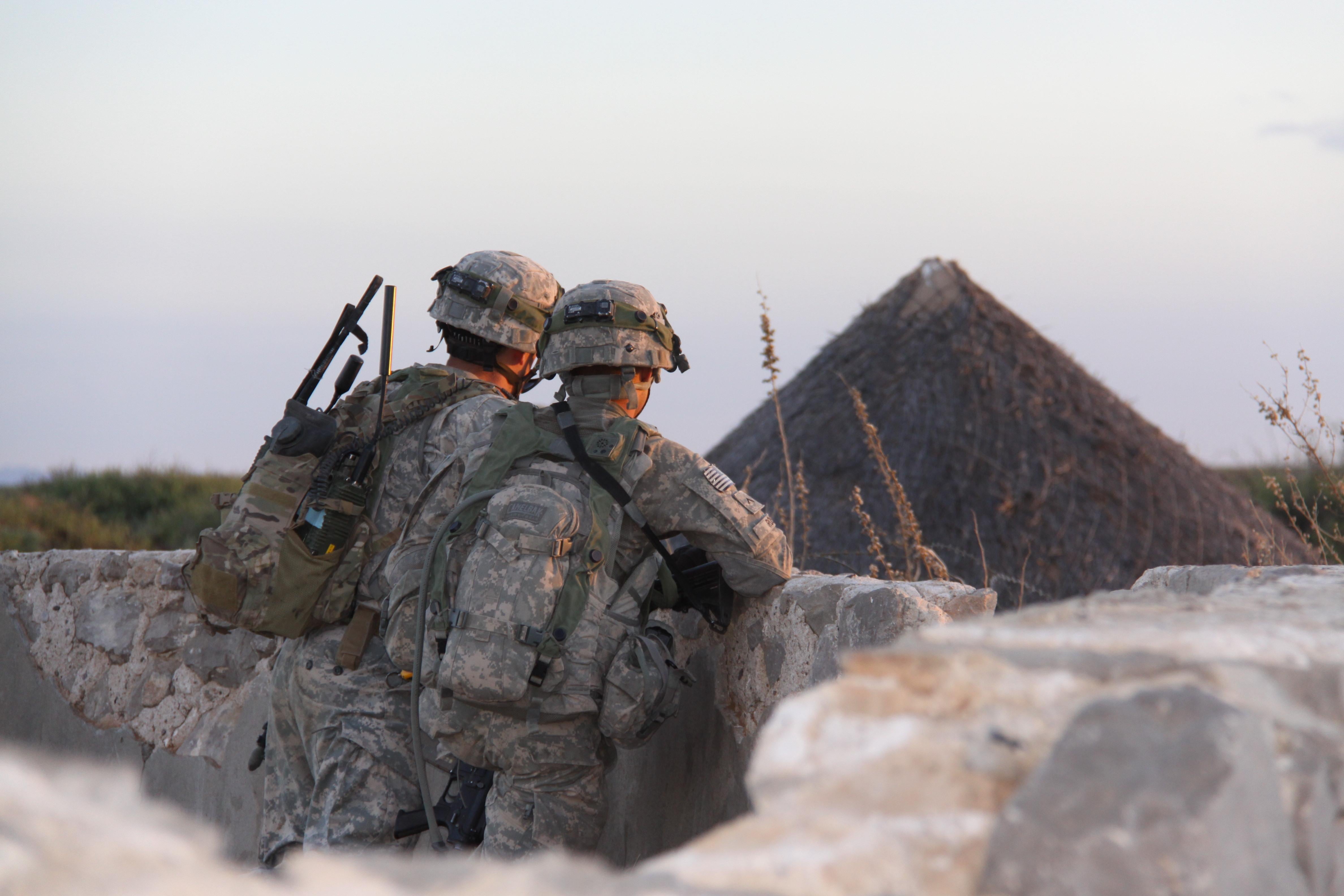With an intense focus on technologically inferior adversaries in non-permissive environments for the last 15 years, the U.S. is coming to grips with the nature of advanced warfare and the capabilities of near-peer competitors. One of these capabilities, which some have described as on par or even superior to that of the U.S., is electromagnetic spectrum operations (EMSO) and electronic warfare (EW).
EMSO will play an outsized role in future concepts the military is devising, which, in some cases, simply assumes the superiority the U.S. has enjoyed in most domains for nearly the last two decades. Writings on the combat cloud or anything related to the so-called third offset strategy relies on a baseline assumption on the United States' ability to dominate in the spectrum, Brig. Gen. Edward Sauley, deputy director of operations for joint electromagnetic spectrum operations and the mobilization assistant to the director of operations for Strategic Command, said at the Association of Old Crows' annual conference in Washington on Tuesday.
Sauley identified three gaps within EMSO to help achieve and ensure spectrum dominance. The first involves greater collaboration within electromagnetic battle management (EMBM). Sauley listed the various tools and approaches all the services leverage to provide commanders greater situational awareness and command and control within the spectrum: the Army's EW Planning and Management Tool, the Navy's real-time spectrum operations, the Marine Corps' spectrum surfaces framework and the Air Force's non-kinetic operations cell.
"The gap, as identified by this joint war fighter, is these programs don’t talk to one another. The services do not go to war — we fight as a joint force under a single command," Sauley said. The joint force must have EMBM capability at the operational level able to pass real-time joint-restrictive frequency lists, he said, adding that this will be essential for
to be able to sense and
command and control across the service lines.
Sauley said that STRATCOM has recently completed a capabilities-based assessment on this operational level requirement, which he noted will hopefully lead to doctrine and analysis of alternatives to fill this gap.
The Joint Electronic Warfare Center (JEWC), he said, has been working with all stakeholders to determine requirements and data standards and are putting the finishing touches on an operational employment guide on how a joint electromagnetic operation cell should operate at the joint task force level.
"The time to act is now so that 10 years from now, someone isn’t asking who let the services build something that seems purposely incompatible with each other," he said. He provided the apt example of the F-22, focusing the audience’s attention to the fact the advanced air platform can’t share its information with anything but another F-22, in case the audience didn’t think the force has made this mistake prior, he noted.
The second gap he identified involves modeling and simulation. A combatant command, in addition to understanding how much money it needs, must also understand how much of a certain capability it requires for various scenarios, Sauley said. This could be artillery, air defense, fighters, ships or EW capability. Too often, he said, a simulation in electromagnetic spectrum environments is too much of an approximation on what could happen as opposed to a physics-based approach with greater fidelity. In a worst-case scenario, this approach could lead to an overestimation of capabilities and underestimation of vulnerabilities, he bleakly asserted.
The Joint Electromagnetic Preparedness for Advanced Combat is working with Department of Defense entities to increase that fidelity, Sauley said.
Increasing modeling and simulation will lead to better planning and decision-making but will also lead to closing the third and last gap he identified, which is training.
Sauley said the military does not train well enough in a congested, contested and constrained environment. As a former F-16 instructor pilot, he rhetorically inquired whether students are always successful every attempt at every training objective or whether failure is used for improvement and as a learning tool.
For Sauley, the military is not allowing itself to fail enough in training scenarios. He wondered when was the last time the armed forces failed in a training scenario. In the past, red teams — the attacking units — have not necessarily been given the tools to replicate a high-end threat. He suggested there is a necessity to removing these training wheels in order to contest a training blue force — the defending units — across the spectrum and an entire vulnerability. "I submit to you that we don’t fail enough in our training events to learn from our mistakes and learn what capability gaps we truly have," he said.
To address this, Sauley said STRATCOM is working with the EW executive committee to help with the equipment issue and they think they have a way forward to help the services.
Forces must also crawl, walk, then run, he said, noting that an advanced congested, contested EMS operational environment is not appropriate for training.
Mark Pomerleau is a reporter for C4ISRNET, covering information warfare and cyberspace.








